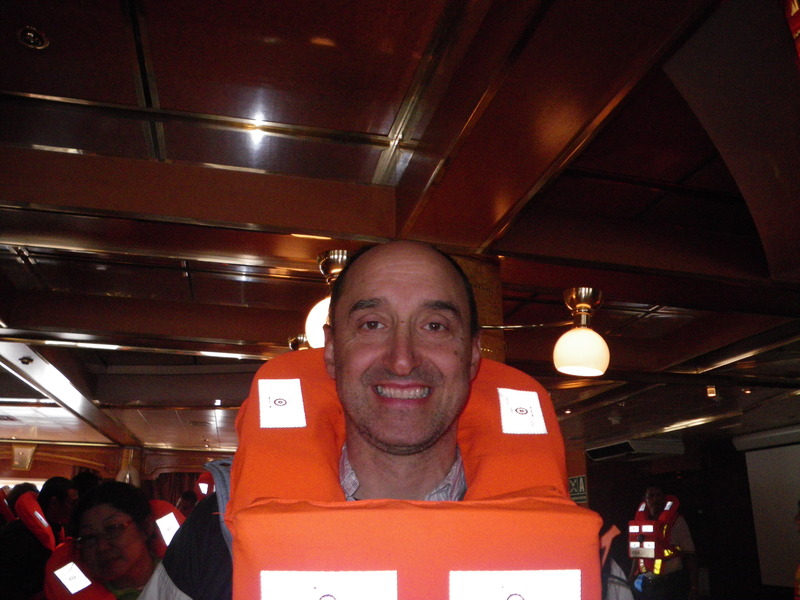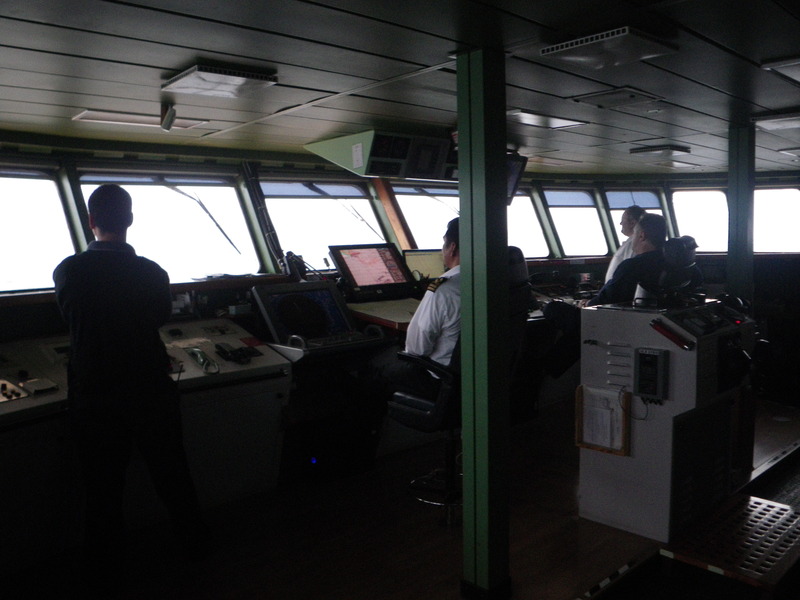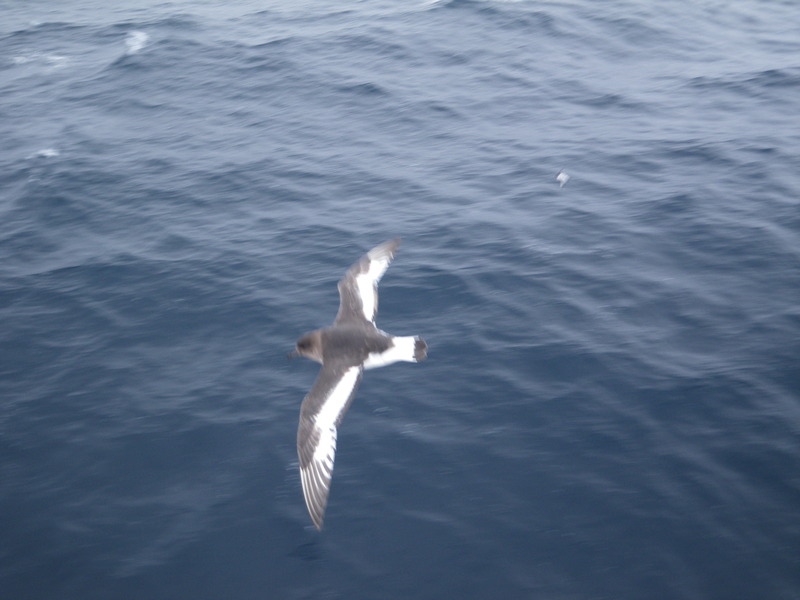
The Drake passage is the stretch of sea between the southernmost end of South America and the northernmost end of the Antarctic peninsula. The first European explorer to cross it was Francis Drake in the 1530s. The Drake passage is well known for strong winds and waves, and many seabirds and sea mammals.
We left Ushuaia and went through the Beagle Channel to the Atlantic Ocean.





Before we got very far, we had to practice wearing lifejackets.




The south side of the channel is in Chile, the north side is in Argentina. In 1978, the two countries had a dispute over who owned three islands at the mouth of the channel, and they agreed to let the pope settle the dispute. The pope awarded the islands to Chile. But other than the geopolitical disputes, the land is very peaceful and beautiful.





We left Ushuaia around 6pm. By the time we reached the Ocean, I was asleep.





It took us two days to cross the approximately 1,000km from Ushuaia to the Antarctic Peninsula. The ocean was about as rough as it often is in the Molokai channel between Oahu and Molokai.



The captain and crew allowed us to visit the bridge, as long as we were quiet and did not interfere.

Many birds followed the ship, including these cape petrels.


Antartic petrels.

Great southern petrels.



On the evening of the 24th, we saw Smith island, in the South Shetland islands.



Around sunset (11pm) we saw the first iceberg.



